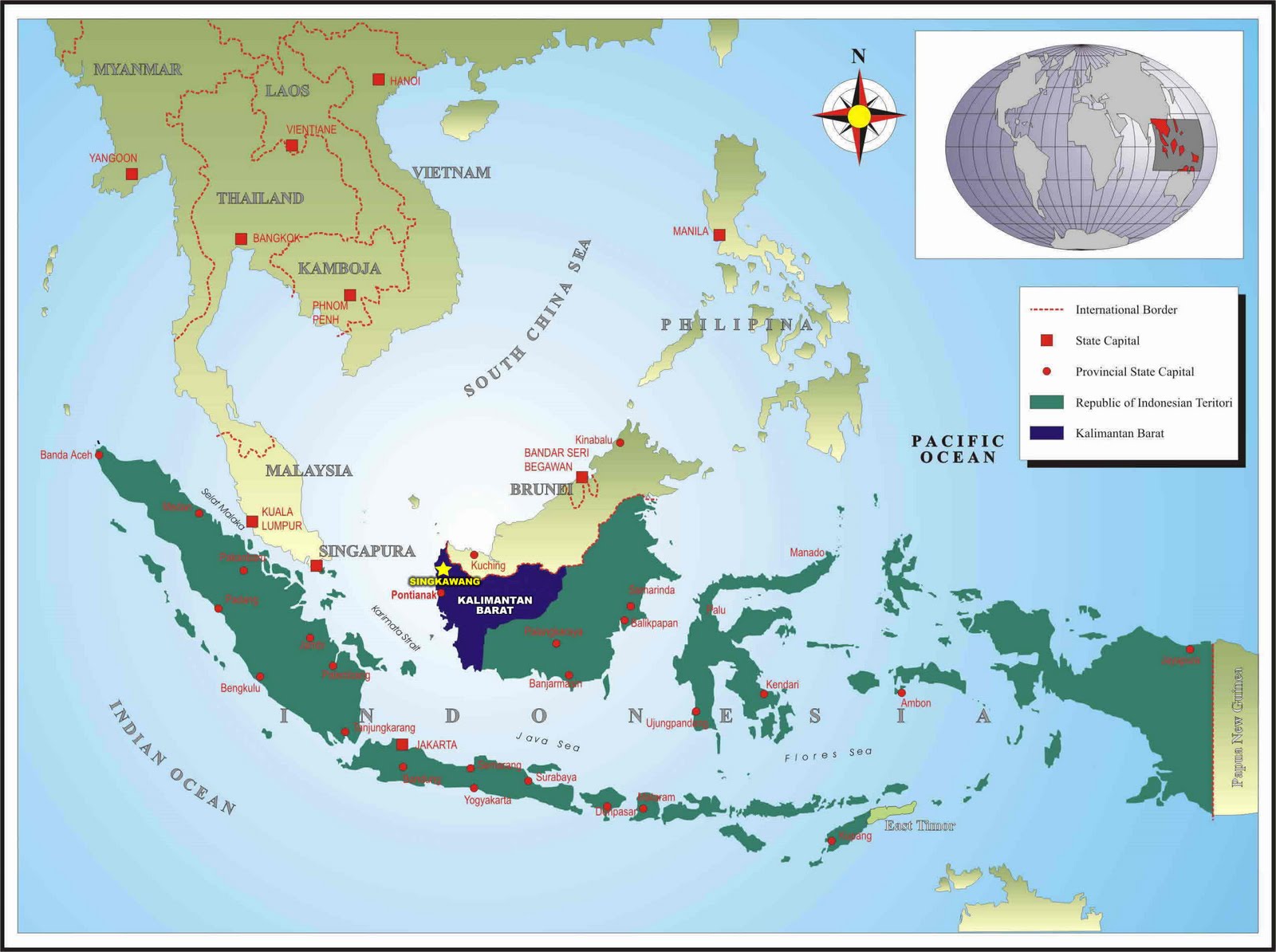The Ultimate Guide To Understanding Maps: History, Types, And Uses
Maps have been an essential tool for navigation, exploration, and understanding our world for centuries. From ancient cartography to modern digital maps, their evolution reflects changes in technology and human understanding of geography. In this comprehensive guide, we will explore various aspects of maps, including their history, types, uses, and the significance they hold in our daily lives.
Understanding maps is crucial not only for travelers and adventurers but also for students, researchers, and anyone interested in geography. Whether you're planning a road trip, studying geography, or simply curious about how maps are made, this article will provide valuable insights. We'll delve into the different types of maps, how to read them, and their impact on society.
By the end of this article, you will have a deeper appreciation for maps and their importance in our modern world. So, let's embark on this geographical journey together!
Table of Contents
- 1. History of Maps
- 2. Types of Maps
- 3. How to Read Maps
- 4. Uses of Maps
- 5. Importance of Maps in Modern Society
- 6. The Future of Maps
- 7. Conclusion
1. History of Maps
The history of maps dates back to ancient civilizations. The earliest known maps were created by the Babylonians around 2300 BC on clay tablets. These maps were rudimentary and depicted the surrounding areas with simple symbols.
As societies advanced, so did cartography. The Greeks made significant contributions to map-making, particularly with the work of Claudius Ptolemy in the 2nd century AD. His book, "Geographia," laid the groundwork for modern map-making techniques and introduced the concept of latitude and longitude.
During the Age of Exploration in the 15th and 16th centuries, maps became crucial for navigation and exploration. Explorers relied on accurate maps to discover new lands, leading to the expansion of empires and trade routes. The invention of the printing press allowed for the mass production of maps, making them more accessible to the public.
2. Types of Maps
Maps can be classified into various types based on their purpose and content. Understanding the different types of maps can help you choose the right one for your needs.
2.1 Physical Maps
Physical maps focus on the natural landscape of an area. They show features such as mountains, rivers, lakes, and valleys. These maps often use color gradients to represent elevation and terrain types.
- Key Features:
- Topographical details
- Elevation levels
- Natural resources
2.2 Political Maps
Political maps illustrate the boundaries and locations of countries, states, and cities. They often include major roads and waterways, making them useful for understanding political divisions.
- Key Features:
- Country and state borders
- Capital cities
- Major cities and towns
2.3 Thematic Maps
Thematic maps focus on specific themes or topics, such as population density, climate, or economic activities. These maps are designed to convey particular information and often use symbols and colors to represent data.
- Key Features:
- Data representation
- Graphs and charts
- Color coding for easy understanding
2.4 Digital Maps
With the advancement of technology, digital maps have become increasingly popular. They are interactive and can provide real-time information, making them ideal for navigation and location-based services.
- Key Features:
- Real-time updates
- Interactive features (zooming, scrolling)
- Integration with GPS technology
3. How to Read Maps
Reading maps requires understanding their symbols, scales, and legends. Here are some essential tips for reading maps effectively:
- Understand the Legend: The legend explains the symbols used on the map. Familiarize yourself with these symbols to interpret the map accurately.
- Check the Scale: The scale shows the relationship between distances on the map and actual distances. Use the scale to measure distances accurately.
- Orient the Map: Align the map with your surroundings. Knowing which direction is north can help you navigate more effectively.
4. Uses of Maps
Maps serve various purposes in different fields. Here are some common uses of maps:
- Navigation: Maps help individuals navigate unfamiliar areas, whether they are driving, hiking, or exploring.
- Urban Planning: City planners use maps to design and manage urban spaces, ensuring efficient land use.
- Education: Maps are essential tools for teaching geography and understanding spatial relationships.
5. Importance of Maps in Modern Society
In today's fast-paced world, maps play a crucial role in our daily lives. They facilitate communication, transportation, and resource management.
Moreover, maps are invaluable in emergency situations. During natural disasters, maps help authorities coordinate rescue and relief efforts, ensuring the safety of affected communities.
6. The Future of Maps
The future of maps is undoubtedly exciting. Advancements in technology, such as augmented reality (AR) and artificial intelligence (AI), are transforming how we interact with maps. AR can overlay information on real-world views, enhancing navigation experiences.
Furthermore, the integration of big data analytics with mapping technology will provide more personalized and accurate information to users, revolutionizing industries such as tourism, real estate, and transportation.
7. Conclusion
Maps are more than just tools for navigation; they are a reflection of our understanding of the world. From their historical origins to their modern applications, maps continue to shape our lives in countless ways.
As we move forward into a technology-driven future, the importance of maps will only grow. We encourage you to explore different types of maps, learn how to read them, and appreciate their significance in our daily lives. If you found this article helpful, please leave a comment, share it with others, or explore more articles on our site!
Thank you for joining us on this geographical journey. We hope to see you again soon!
Rebecca Vikernes: The Life And Legacy Of A Controversial Figure
Who Is Liv Tyler's Real Mother? Unveiling The Truth Behind The Actress's Family
Dina Ruiz: The Journey Of A Remarkable Woman


